- About us
- Support the Gallery
- Venue hire
- Publications
- Research library
- Organisation chart
- Employment
- Contact us
- Make a booking
- Onsite programs
- Online programs
- School visit information
- Learning resources
- Little Darlings
- Professional learning
Jules Sebastien Cesar Dumont d'Urville (1790–1842) made two journeys passing through the Pacific in the years between 1826 and 1840. Trained in the French navy, in 1822 he was second in command of an expedition on the Coquille, with the ultimate aim of making a French claim on part of New South Wales. From this expedition he returned with a large collection of Pacific and Australian plants and animals. On the new Astrolabe from 1826 to 1829 he sailed around southern Australia, to New Zealand, Tonga, Fiji, New Guinea and beyond, again returning with an impressive array of scientific reports and coining the terms Micronesia and Melanesia. On a second voyage on the Astrolabe he made for the South Magnetic Pole, intending to claim it for France. He pulled into Hobart in December 1839 to seek treatment for his moribund crew. Heading south in early 1840, he hoisted the Tricolor at Pointe Géologie in Terre Adélie. He returned to France in late 1840; he was killed in a train accident eighteen months later. His was to be the last major French voyage of exploration. Among the places named for him are the D'Urville Sea, Antarctica; D'Urville Island, New Zealand; and Antarctica's Dumont D'Urville Station.
Purchased 2009
Antoine Maurin (age 40 in 1833)
Jules Sebastien Cesar Dumont d'Urville (age 43 in 1833)
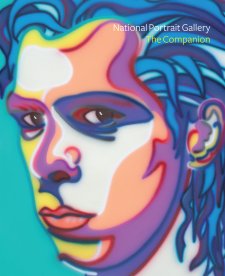
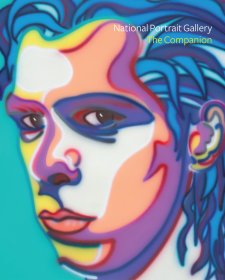

On one level The Companion talks about the most famous and frontline Australians, but on another it tells us about ourselves.


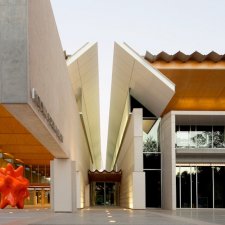
Visit us, learn with us, support us or work with us! Here’s a range of information about planning your visit, our history and more!
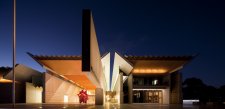
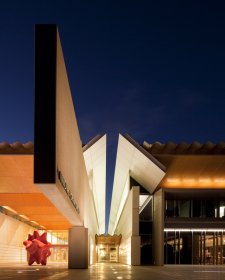
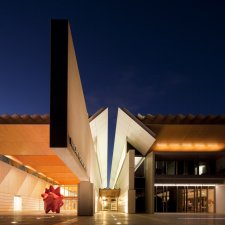
We depend on your support to keep creating our programs, exhibitions, publications and building the amazing portrait collection!